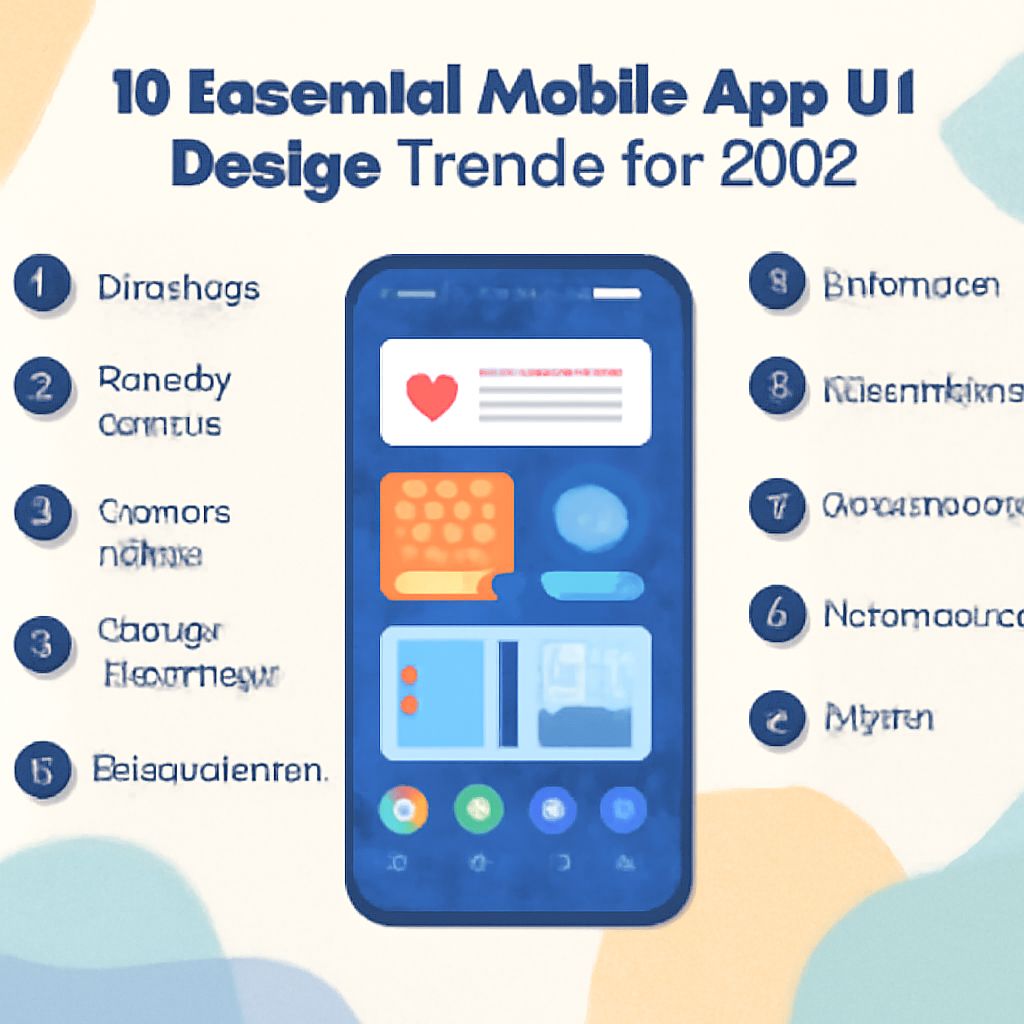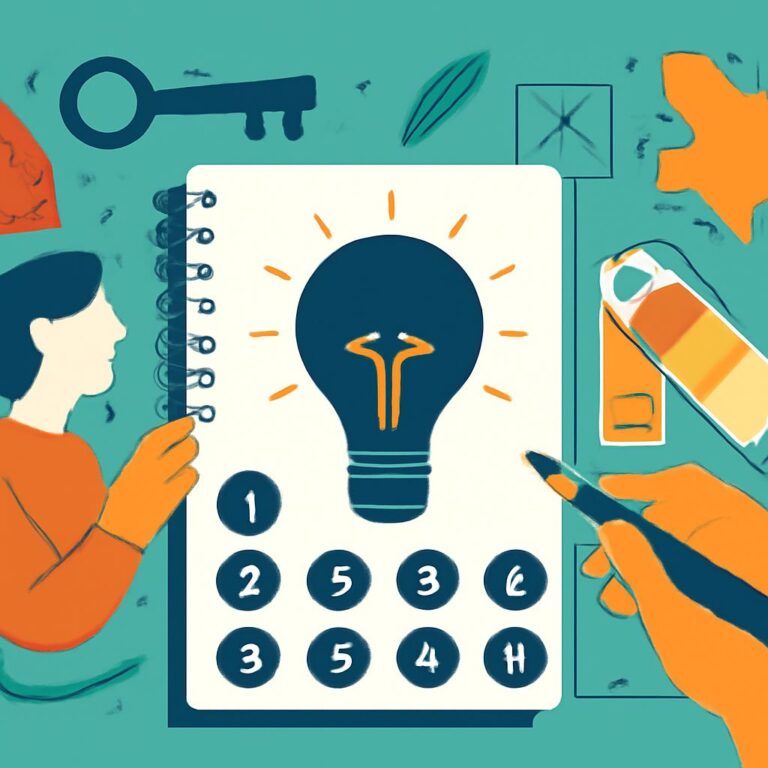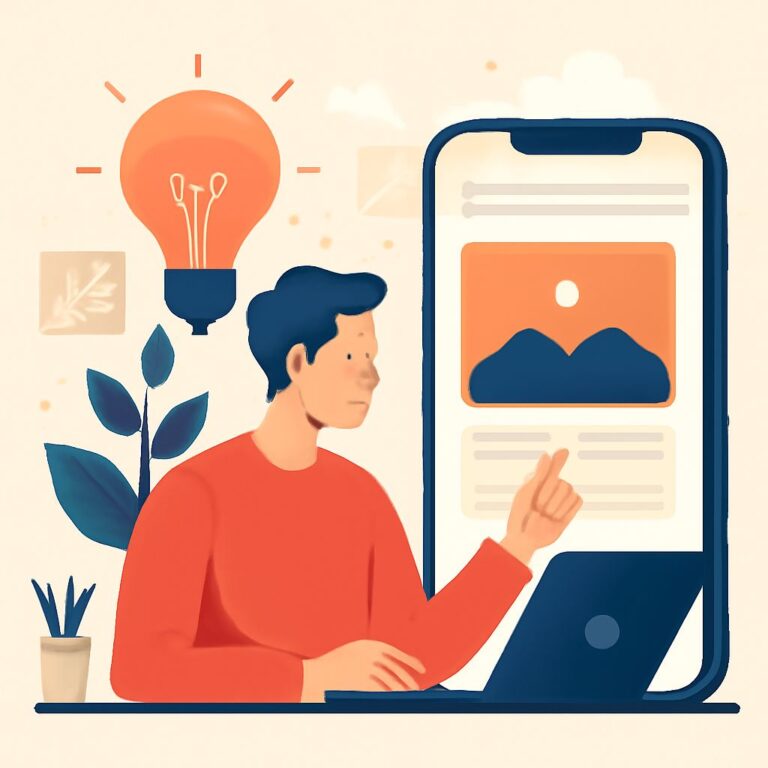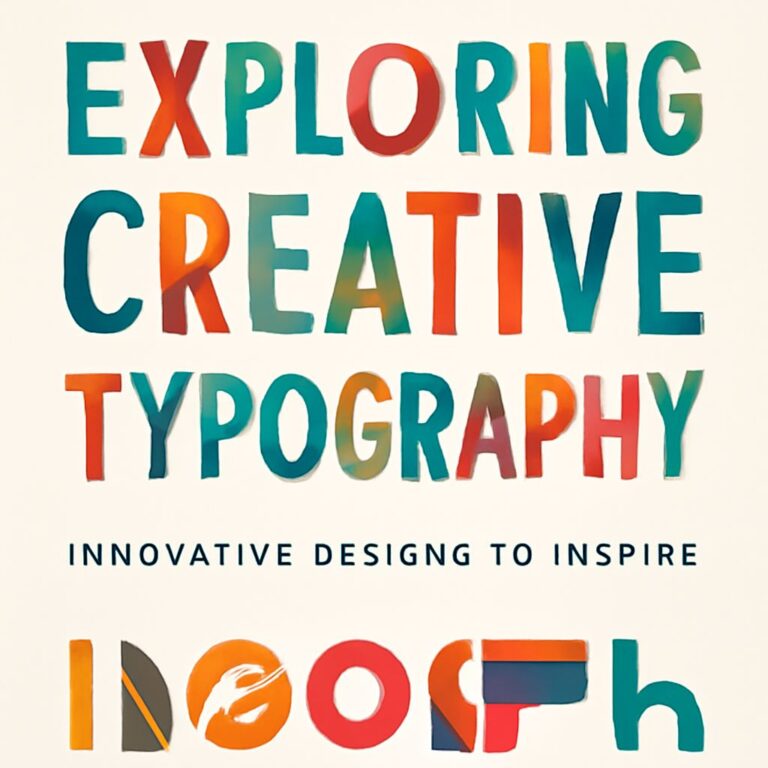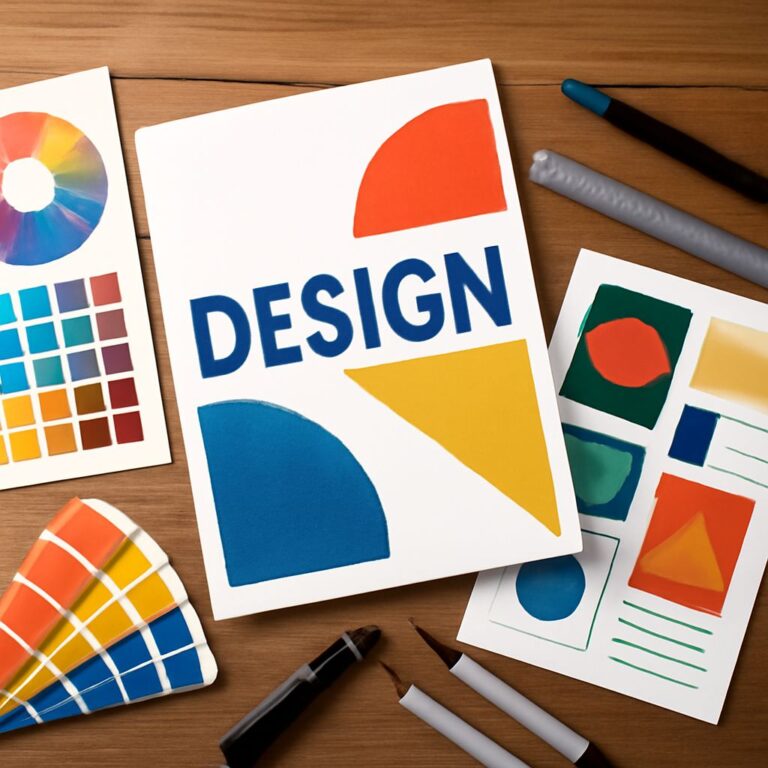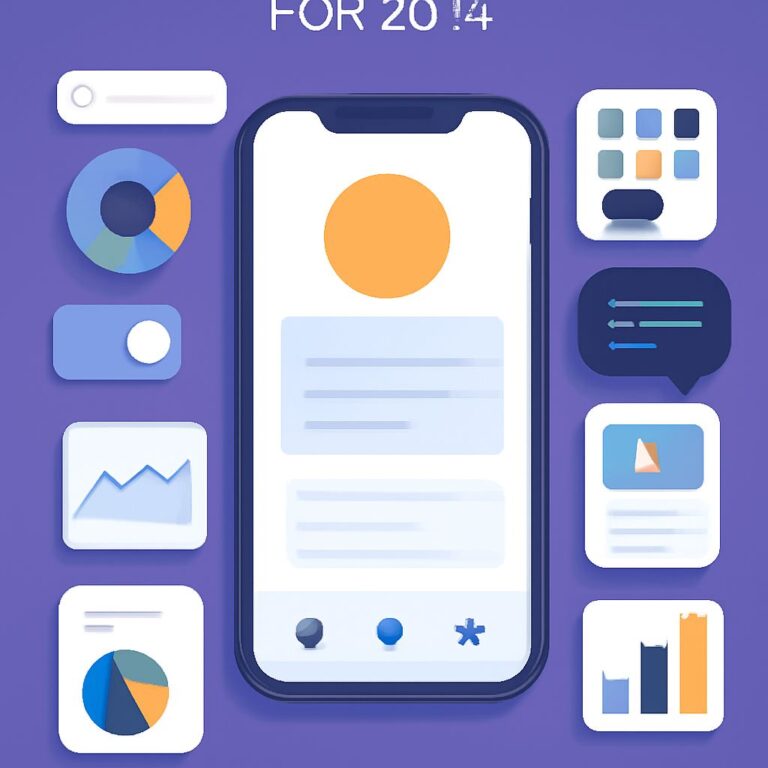Table of Contents
Introduction
As we venture deeper into the digital age, mobile app UI design continues to evolve, adapting to technological advancements and changing user expectations. In 2025, we can anticipate an array of innovative design trends that will redefine the user experience, making it not only more intuitive but also more engaging. Understanding these trends is crucial for developers and designers who seek to create competitive and appealing applications. This article will explore ten essential mobile app UI design trends that are set to dominate in 2025.
1. Minimalism and Clean Aesthetic
The minimalist design trend has been prevalent for several years, and it will continue to thrive in 2025. Users appreciate a clean, uncluttered interface that allows them to navigate easily without distractions.
- Focus on essential elements.
- Use of ample white space.
- Simplified navigation pathways.
This approach not only enhances usability but also aligns with the growing demand for speed and efficiency in app interactions.
2. Voice User Interface (VUI)
With the rise of voice-activated devices, integrating a voice user interface into mobile applications will become increasingly vital. Users are seeking ways to interact with apps hands-free.
- Voice commands for navigation.
- Voice-activated search functions.
- Integration with smart home devices.
This trend not only enhances accessibility but also provides a more seamless experience for users on the go.
3. Dark Mode and Dynamic Theme Switching
Dark mode features have gained popularity for their aesthetic appeal and potential for reducing eye strain. By 2025, dynamic theme switching—where the app automatically adjusts based on user preferences or ambient light—will likely become standard.
- Customizable themes for personal expression.
- Adaptive color schemes for various lighting conditions.
- Enhanced battery life for OLED screens.
These features allow users to personalize their experience while making the app responsive to their needs.
4. Biometric Authentication
Security continues to be a top priority for users, and by 2025, biometric authentication methods such as facial recognition and fingerprint scanning will become integral parts of mobile app design.
- Simple login processes.
- Enhanced security protocols.
- Increased user trust and engagement.
Integrating these methods can streamline user access and enhance the overall security of the app.
5. Augmented Reality (AR) Integration
Augmented reality will reshape how users interact with mobile applications in various sectors, from retail to education. By incorporating AR features, apps can provide immersive experiences that engage users more deeply.
- Virtual try-ons for shopping apps.
- Interactive learning experiences in educational apps.
- Enhanced navigation experiences.
This trend fosters a more engaging user journey, allowing users to visualize products or experiences in real-time.
6. Customizable User Interfaces
As personalization becomes increasingly important, allowing users to customize their app interface will be a significant trend in mobile app design. Users desire a tailored experience that fits their preferences.
- Drag-and-drop functionality for home screens.
- Adjustable layouts and themes.
- Personalized content feeds.
This trend encourages user engagement and satisfaction, as individuals can mold the app to their liking.
7. Micro-Interactions
Micro-interactions, the small moments of interaction within an app, are essential for providing feedback and guiding users. By 2025, these subtle animations and responses will enhance the overall user experience.
- Visual feedback on actions (like button presses).
- Progress indicators during loading processes.
- Notifications for updates or messages.
These tiny details create a more interactive and engaging interface, making the app feel responsive and intuitive.
8. Sustainability in Design
With a growing emphasis on environmental consciousness, mobile app design in 2025 will reflect sustainability. This means making design choices that minimize resource consumption and promote eco-friendly practices.
- Energy-efficient color schemes (like dark mode).
- Promoting sustainable products and services.
- Educational content on sustainability.
9. Storytelling Through Design
Story-driven design will play a crucial role in engaging users and conveying brand narratives. By leveraging visual storytelling, app designers can create more immersive experiences.
- Using animations to depict user journeys.
- Incorporating narratives in onboarding processes.
- Crafting engaging content through visuals.
Such storytelling will foster emotional connections and increase user retention.
10. Enhanced Accessibility Features
Ensuring that apps are accessible to all users, including those with disabilities, is a legal and ethical obligation that will become even more prominent in 2025. Designers will need to prioritize accessibility in their UI designs.
- Voice descriptions for images and buttons.
- Adjustable text sizes and colors for better visibility.
- Keyboard navigation options.
By focusing on accessibility, developers can reach a wider audience and contribute positively to the user experience of all individuals.
Conclusion
The landscape of mobile app UI design is poised for exciting transformations in 2025. By embracing these trends, designers and developers can create applications that not only meet user expectations but also enhance overall engagement and satisfaction. The focus on minimalism, voice interaction, personalization, and accessibility will shape the way we interact with technology, paving the way for a more inclusive and enjoyable digital experience. As we move towards 2025, staying informed about these trends will be essential for anyone involved in mobile application development.
FAQ
What are the key mobile app UI design trends for 2025?
Key mobile app UI design trends for 2025 include immersive interfaces, minimalistic design, dark mode enhancements, and the use of augmented reality elements.
How will augmented reality impact mobile app UI design in 2025?
Augmented reality will enhance user engagement by providing interactive experiences, allowing users to visualize products or services in real-world settings directly within the app.
Why is minimalistic design important in mobile app UI for 2025?
Minimalistic design reduces clutter, improves usability, and enhances the overall user experience, making it easier for users to navigate and interact with the app.
What role does dark mode play in mobile app UI design trends for 2025?
Dark mode not only reduces eye strain in low-light environments but also extends battery life on OLED screens, making it a popular choice among users.
How will personalization affect mobile app UI design in 2025?
Personalization will allow apps to adapt interfaces based on user preferences and behavior, leading to a more tailored and engaging experience for individual users.
What are some examples of immersive interfaces in mobile apps for 2025?
Examples of immersive interfaces include full-screen videos, 3D animations, and gesture-based navigation that create a more engaging and interactive user experience.

